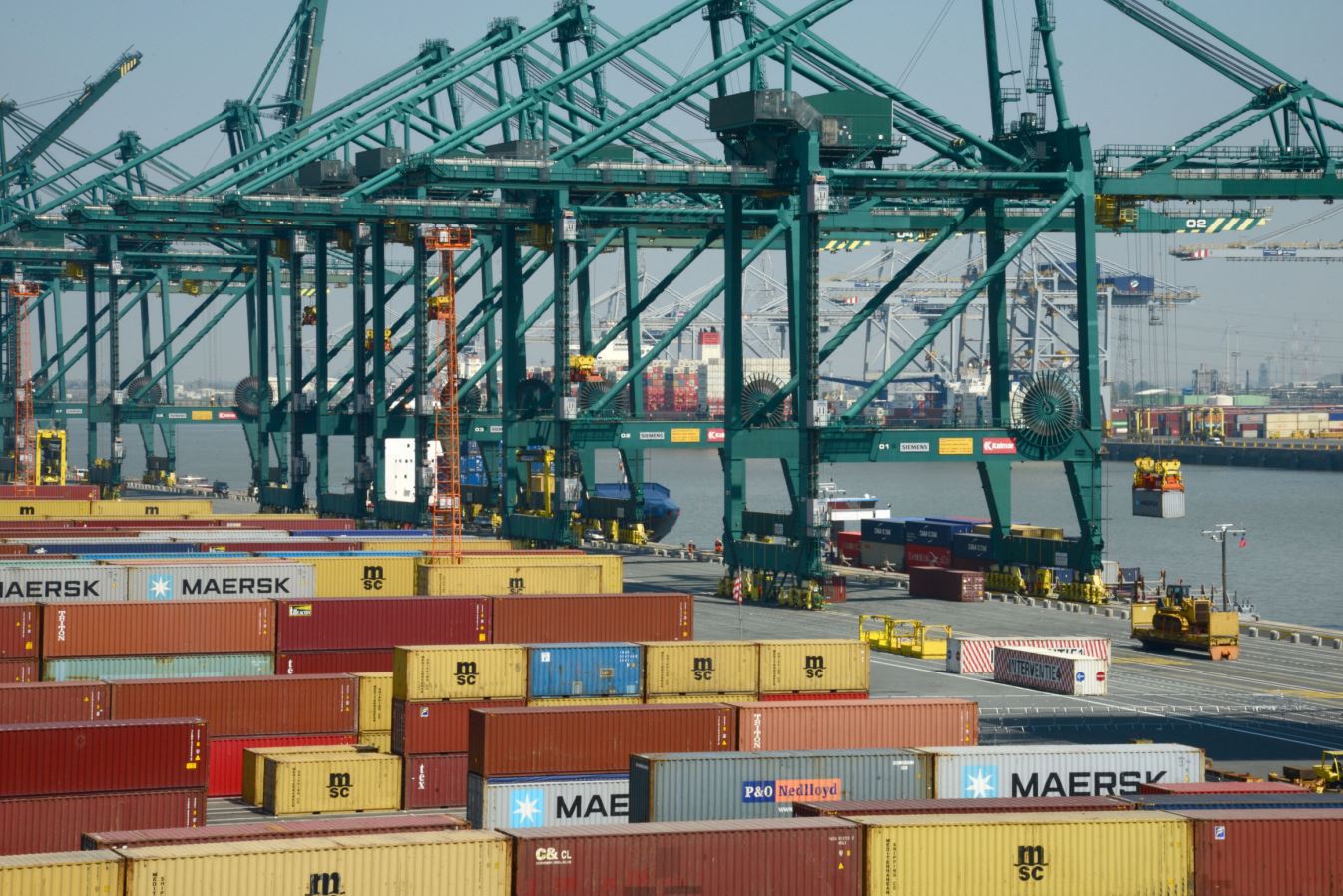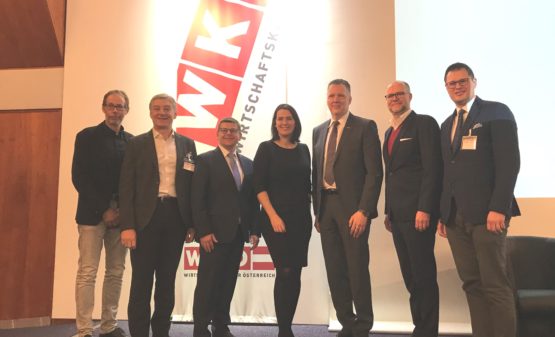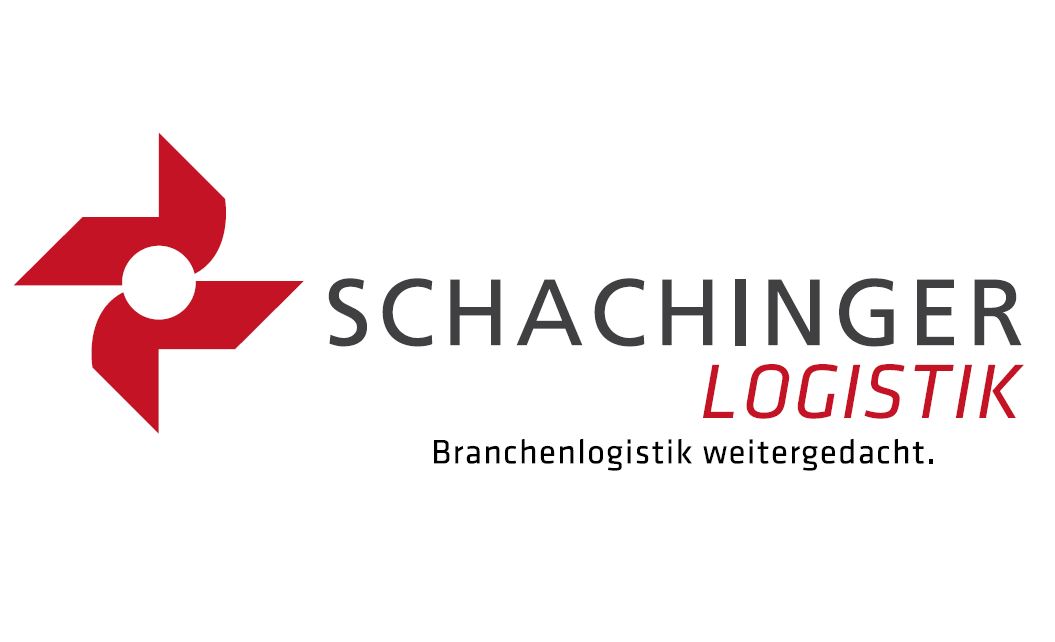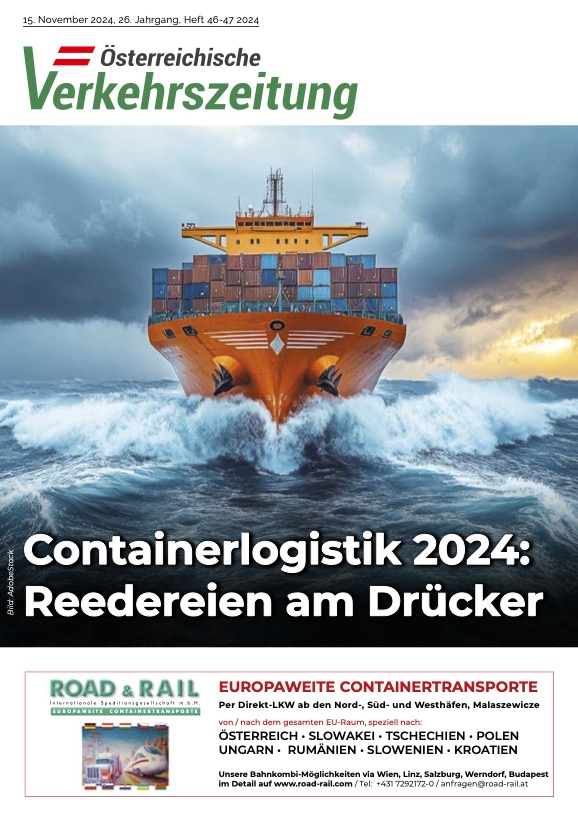With a 6th year record, growth in all cargotypes and a recent wave of investments, 2018 will be a ‘grand cru’ year for the Port of Antwerp. „The confirmation of the port’s attractiveness and the consolidation of its position as a global player and the largest integrated European chemical cluster are essential to the continuity of its role as the largest economic engine of Belgium”, as writen in an press release.
With a growth of 5.2% compared to 2017, the earlier forecasts for a 6th consecutive year record are confirmed for the Port of Antwerp. The total transhipment in 2018 was 235.2 million tonnes, a new record, with unprecedented growth in all cargotypes.
The strong growth in container traffic continued to 130.9 million tonnes (+6.4%) or 11.1 million TEU (+6.2%). All trades recorded growth, both in supply and export, with the only exception of supplies from the Middle East and Latin America, which showed a slight decrease.
The total breakbulk transhipment shows a slightly positive figure with a growth of 1%. The RoRo cargo grew by 5.4% to 5.3 million tonnes. The number of shipped passenger cars increased by 4.7% to just under 1.3 million.
Whereas conventional breakbulk recorded a loss of 2.7% after 9 months compared to the same period in 2017, this was limited on an annual basis to a loss of 1.1% for a transhipment of 10.16 million tonnes. The reason for this is a strong performance in both the supply and removal of iron and steel, which grew by 3.5% and 3.4% respectively.
Liquid bulk shows strong growth figures with an increase from 3.6% to 75.8 million tonnes. Dry bulk transhipment grew by 7.2% to 13 million tonnes. This is mainly due to the increased transhipment of fertilisers (+12.2%), sand and gravel (+17.7%) and the more than doubling of coal transhipment. The latter is partly due to a shift to Antwerp of maritime coal traffic destined for Germany due to the extremely low water conditions on the Rhine in the summer and autumn of 2018.
In 2018, 14,595 seagoing vessels (+2.6%) called at Antwerp. The gross tonnage of these ships increased by 3% to 418,838,751 GT.











